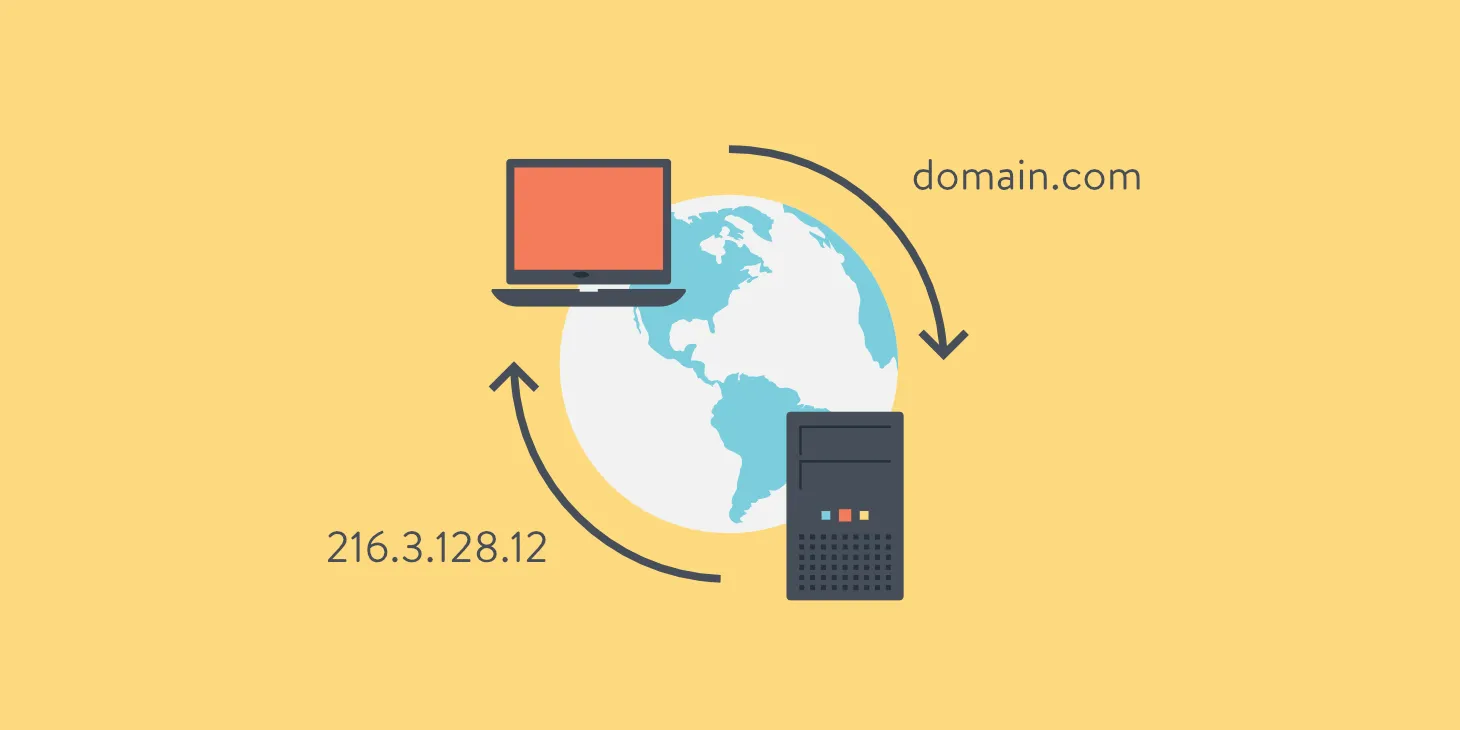Image by Yucel Moran on Unsplash
Geocoding has become an indispensable tool in our modern world, powering applications from mapping services to location-based marketing. However, achieving optimal accuracy and efficiency in geocoding processes is not always straightforward.
This article will cover the intricacies of geocoding and explore strategies to optimize it for accuracy and efficiency.
Understanding Geocoding
Geocoding converts addresses or location descriptions into geographic coordinates, typically latitude and longitude. This conversion allows software systems to accurately pinpoint and display locations on maps or perform location-based operations.
Here are some key points to help you understand geocoding better:
Input data
Geocoding typically starts with input data from addresses, place names, or other location descriptions. This data can be sourced from various sources such as user input, databases, or APIs.
Parsing
The input data is parsed or broken down into its components: street address, city, state, postal code, and country. This step is crucial for standardizing and preparing the input to match against geographic databases.
Standardization
Standardization involves ensuring that the parsed address components follow a consistent format. This process helps improve the accuracy of matching during the geocoding process.
Matching
Once the input data is parsed and standardized, it is matched against a reference database that contains geographic information linked to addresses. The matching process aims to find the most accurate geographic coordinates corresponding to the input location description.
Geographic coordinates
The output of geocoding is typically a pair of geographic coordinates, like latitude and longitude. These coordinates precisely identify the location on the Earth's surface.
Geocoding services
Various providers offer geocoding services, including mapping platforms like Google Maps, geolocation APIs, and specialized geocoding software. These services use sophisticated algorithms and geographic databases to perform accurate geocoding.
Applications
Geocoding is integral to many applications and services, including:
- Mapping and navigation apps that display locations, routes, and directions.
- Location-based services (LBS) include finding nearby businesses, attractions, or services based on user location.
- Logistics and supply chain management for tracking assets, deliveries, and optimizing routes
- Geographical information systems (GIS) are used for spatial analysis, mapping, and data visualization.
- Real estate and property management applications for mapping properties and assessing locations
Challenges
Geocoding accuracy can be impacted by factors such as incomplete or ambiguous addresses, variations in address formats across regions, and inaccuracies in geographic databases. Address standardization, data quality checks, and reliable geocoding services can help mitigate these challenges.
Overall, geocoding is a fundamental technology that enables accurate location-based functionalities in various applications, from everyday navigation to complex spatial analysis.
Types of Geocoding
There are several types of geocoding, each serving different purposes and addressing specific needs in mapping, navigation, and location-based services. The main types of geocoding include address geocoding, reverse geocoding, batch geocoding, and IP geolocation.
Address geocoding
Address geocoding is the most common type of geocoding. It involves converting textual addresses, such as street addresses, city names, postal codes, and countries, into geographic coordinates (latitude and longitude).
Address geocoding is widely used in mapping applications, GPS devices, and location-based services to pinpoint locations on maps accurately.
Reverse geocoding
Reverse geocoding is the inverse process of geocoding. It involves converting geographic coordinates (latitude and longitude) into human-readable location descriptions, such as street addresses, place names, or landmarks.
Batch geocoding
Batch geocoding involves bulk processing a large volume of addresses or location data. Instead of geocoding individual addresses one by one, batch geocoding allows for efficient processing of thousands or even millions of addresses at once.
This type of geocoding is beneficial for organizations and businesses that need to geocode large datasets for mapping, analytics, or logistics purposes.
IP Geolocation
IP geolocation is a geocoding type that determines a device's or user's geographic location based on their IP address. IP geolocation services map IP addresses to geographic coordinates, providing information about the approximate location of the device or user.
This type of geocoding is commonly used in website analytics, targeted advertising, and content localization.
The Benefits of Geocoding Optimization
Geocoding optimization offers a wide range of benefits that significantly impact various aspects. These aspects include business operations, user experiences, and technological advancements.
Here are the key benefits of geocoding optimization:
Enhanced accuracy
Geocoding optimization improves accuracy in converting addresses or location descriptions into geographic coordinates. Accurate geocoding ensures precise location representation on maps, navigation systems, and location-based services, reducing errors and enhancing user trust.
Efficient resource allocation
Optimized geocoding enables organizations to allocate resources more efficiently, especially in logistics, transportation, and service delivery. Accurate location data helps optimize routes, streamline operations, and reduce fuel consumption, resulting in cost savings and improved operational efficiency.
Improved customer experience
Geocoding optimization improves customer experience by providing accurate location-based information, personalized recommendations, and seamless navigation experiences. Customers can easily find nearby businesses, access relevant services, and receive accurate directions, enhancing satisfaction and loyalty.
Streamlined logistics and supply chain management
For logistics and supply chain management, geocoding optimization is critical for efficient route planning, real-time tracking of shipments, and optimized delivery schedules. Accurate geocoding data streamlines logistics operations, reduces delivery times, and improves overall supply chain efficiency.
Data-driven decision making
Optimized geocoding enables organizations to make data-driven decisions based on accurate geospatial data. Spatial analysis, GIS applications, and business intelligence benefit from reliable geocoding data leading to informed planning, targeted marketing strategies, and optimized resource allocation.
Image by Jefferson Santos on Unsplash
Factors Affecting Geocoding Accuracy
Several factors can influence geocoding accuracy, and understanding these factors is vital for improving the reliability and precision of geocoding results. Here are the crucial factors that can affect geocoding accuracy:
Quality of input data
Geocoding accuracy heavily depends on the quality and completeness of the input data, such as addresses or location descriptions. Inaccuracies, misspellings, abbreviations, or missing address components can lead to incorrect geocoding results.
Data standardization
Standardizing address formats and components is essential for consistent geocoding results. Variations in address formatting across regions or data sources can hinder accurate matching against geographic databases.
Geocoding algorithm and model
The performance of the geocoding algorithm and model used can significantly impact accuracy. Advanced algorithms incorporating fuzzy matching, phonetic matching, and machine learning techniques tend to produce more accurate geocoding results, especially for ambiguous or incomplete addresses.
Reference data quality
The quality and completeness of the reference data or geographic databases used for geocoding play a critical role. Reliable and up-to-date reference data with comprehensive coverage of addresses, landmarks, and geographic features contribute to higher geocoding accuracy.
Data source diversity
Incorporating diverse data sources, such as parcel data, GIS datasets, or third-party geocoding services, can enhance accuracy by providing additional information for geocoding and improving matching capabilities.
Ambiguity and multiple matches
Ambiguous addresses or location descriptions can result in multiple potential matches during geocoding. Resolving ambiguity through advanced matching techniques and data validation processes is essential for selecting the correct geocoding result.
Local geographic factors
Geographic factors such as urban density, complex addressing systems, or rural areas with limited address infrastructure can challenge geocoding accuracy. Geocoding algorithms may need to adapt to local geographic nuances for precise results.
Data validation and quality checks
Implementing data validation checks and quality assurance processes can help identify and correct errors or inconsistencies in input data before geocoding. Validating addresses against postal standards or authoritative databases improves accuracy.
System infrastructure and performance
The infrastructure supporting geocoding systems, including processing power, storage, and network connectivity, can impact accuracy and response times. Scalable and reliable infrastructure is essential, especially for processing large volumes of geocoding requests or batch geocoding operations.
User feedback and correction mechanisms
Incorporating user feedback mechanisms and correction tools allows users to report geocoding errors or provide additional context, leading to improved accuracy over time through data refinement and validation.
Strategies for Optimizing Geocoding
Optimizing geocoding involves implementing strategies that improve accuracy, efficiency, and reliability in converting addresses or location descriptions into geographic coordinates. Here are several effective strategies for optimizing geocoding:
Data quality assurance
Ensure the quality and accuracy of input address data through regular data cleansing, validation, and standardization processes. Validate addresses against postal standards and authoritative databases to eliminate errors and inconsistencies affecting geocoding accuracy.
Use high-quality reference data
Utilize reputable geocoding databases with comprehensive coverage of addresses, landmarks, and geographic features. Ensure that reference data is regularly updated to reflect changes in addresses, roads, and locations for accurate geocoding results.
Implement advanced geocoding algorithms
To handle ambiguous or incomplete addresses, use advanced geocoding algorithms incorporating fuzzy matching, phonetic matching, and machine learning techniques. These algorithms improve matching accuracy and reduce the likelihood of multiple matches.
Optimize address parsing
Enhance address parsing algorithms to accurately extract and standardize address components such as street names, city names, postal codes, and countries. Address parsing optimization contributes to improved matching and geocoding precision.
Batch geocoding
Implement batch geocoding capabilities to efficiently process large volumes of addresses or location data. Batch geocoding reduces processing overhead and improves scalability for geocoding operations involving extensive datasets.
Parallel and distributed processing
Utilize parallel processing techniques and distributed computing frameworks to accelerate geocoding tasks, especially for large-scale operations or real-time geocoding requirements. Cloud-based infrastructure offers scalability and on-demand resources for efficient geocoding processing.
Geocoding API selection
Evaluate and choose geocoding APIs based on performance metrics such as accuracy rates, response time, and scalability. You should select APIs that offer batch geocoding capabilities, geocoding quality controls, and real-time updates for reliable geocoding services.
Geocoding quality assurance
Implement quality assurance processes to validate geocoding results and identify potential errors. Use reverse geocoding to verify the accuracy of geocoded coordinates by converting them back to human-readable addresses for validation.
Optimize system infrastructure
Deploy geocoding systems on scalable and reliable infrastructure to handle peak loads, ensure responsiveness, and minimize downtime. Implement caching mechanisms to store frequently accessed geocoding results and reduce processing latency.
Continuous monitoring and optimization
Continuously monitor geocoding performance metrics such as match rates, accuracy levels, processing times, and error rates. Analyze geocoding logs and user feedback to identify areas for improvement and optimization in geocoding algorithms and processes.
Strategies for Geocoding Optimization
Optimizing geocoding for accuracy and efficiency requires data quality management, technology selection, process optimization, and ongoing monitoring. Incorporating the strategies mentioned in this guide and staying attentive to evolving geospatial trends enables you to enhance the reliability and performance of your geocoding applications across various domains.





